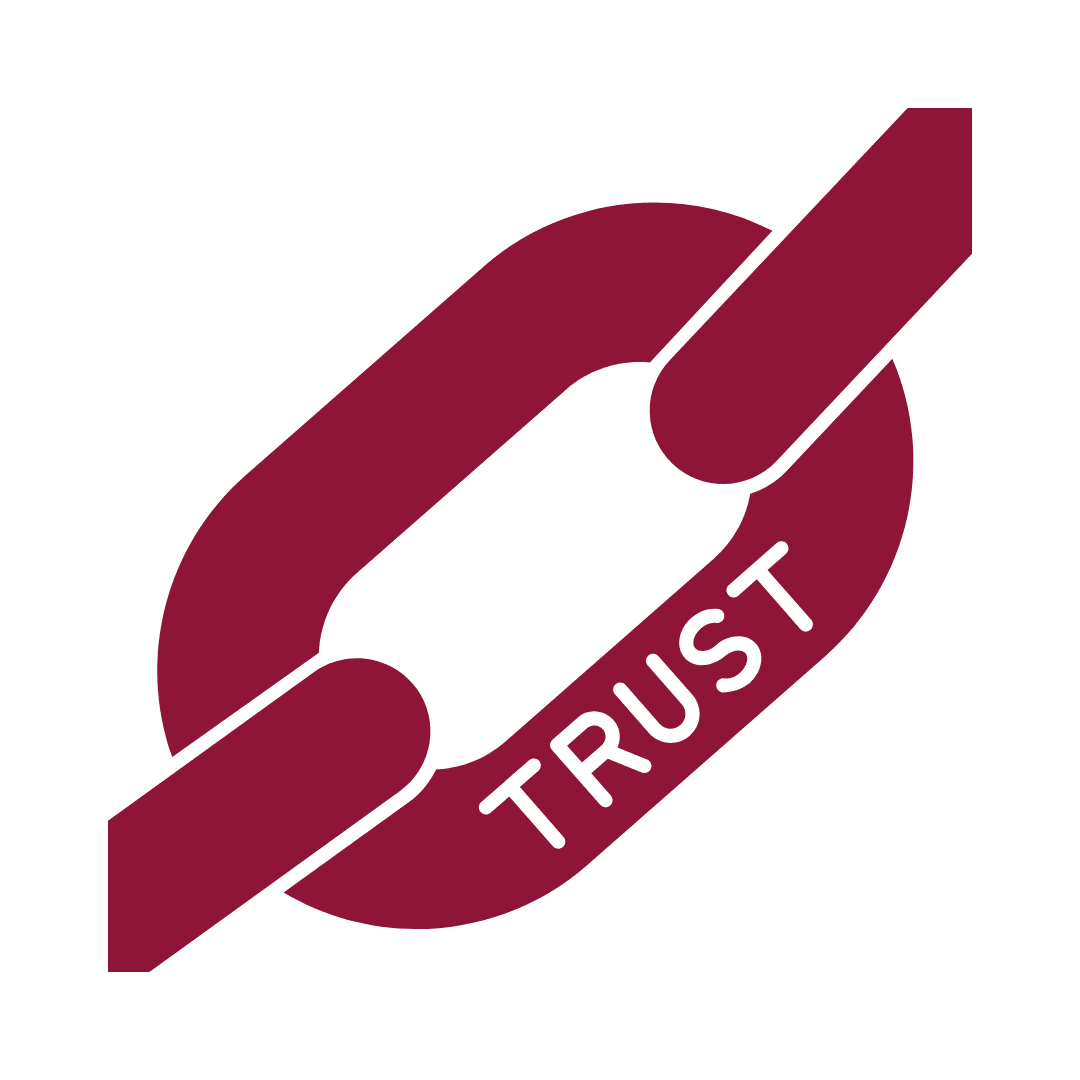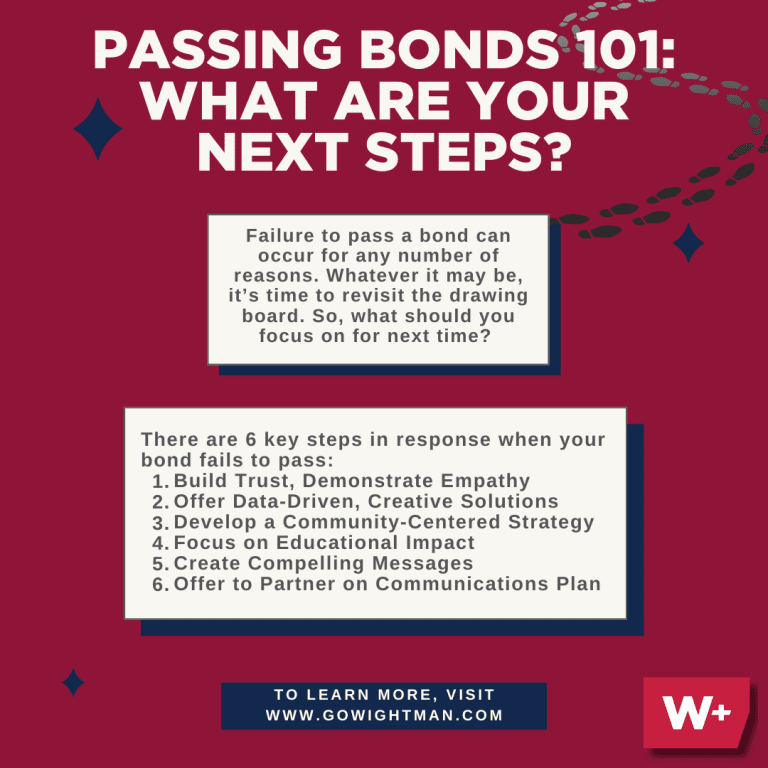Passing bonds 101: What are your next steps?
Whitepaper | 04.23.20251. Build Trust and Demonstrate Empathy
-
Acknowledge Past Efforts and Setbacks: Start by acknowledging the hard work already put in by the district and community. Acknowledge the challenges of passing a bond, especially in a climate where tax increases are sensitive issues.
-
Understand Key Concerns: Ask questions to better understand the reasons for the failed bond attempts. What specific concerns did the community express, and were there particular groups that were more resistant?
-
Demonstrate Commitment: Emphasize that you’re there as a partner to help the district explore solutions, taking into account community feedback and potential concerns.

2. Offer Data-Driven and Creative Solutions
-
Conduct a Needs Assessment: Suggest conducting a comprehensive assessment to outline the district’s most critical needs and prioritize projects. This will help illustrate the “why” behind the bond in a way that resonates with the community.
-
Highlight Cost-Efficiency and Phased Approaches: Discuss options for phasing projects to maximize the use of available funds, and explore grants or partnerships that could reduce the financial burden on the community.

3. Develop a Community-Centered Strategy
-
Engage the Community Early: Propose a robust community engagement plan to address transparency and encourage buy-in. This could include public forums, surveys, and community open houses that highlight why specific repairs or improvements are necessary.
-
Form a Task Force: Suggest forming a bond task force with representation from various community groups—teachers, parents, local business leaders, and even students—to drive the campaign with a community-driven voice.

4. Focus on the Educational Impact
-
Connect Improvements to Educational Benefits: Clearly tie facility improvements to specific educational outcomes. Explain how a safe and well-maintained environment directly affects student performance, teacher retention, and community value.
-
Showcase Case Studies: If possible, share examples from other districts where similar investments led to measurable improvements, both in school conditions and in community support.

5. Create a Compelling Message for the Bond Proposal
-
Craft a Clear and Specific Message: Suggest a community-wide message that’s easy to understand and resonates emotionally. For instance, framing the bond as an investment in the future, focusing on safety, or on providing equitable facilities for all students can make the message more compelling.
-
Highlight Financial Transparency: Outline the plan for financial accountability, and consider an independent oversight committee that will provide regular updates on the project if the bond is passed. This transparency can help build trust.

6. Offer to Partner on a Communications Plan
-
Collaborate on a Strategic Campaign: Offer to work with the district to build a comprehensive campaign that includes digital, print, and in-person outreach. It’s also helpful to identify and prepare “champions” from the community who can help advocate for the bond.
-
Reinforce Community Benefits: Emphasize the broader impact that school improvements have on the community, like increased property values and a strong local economy, to appeal to community members without direct school involvement.

Expertise
